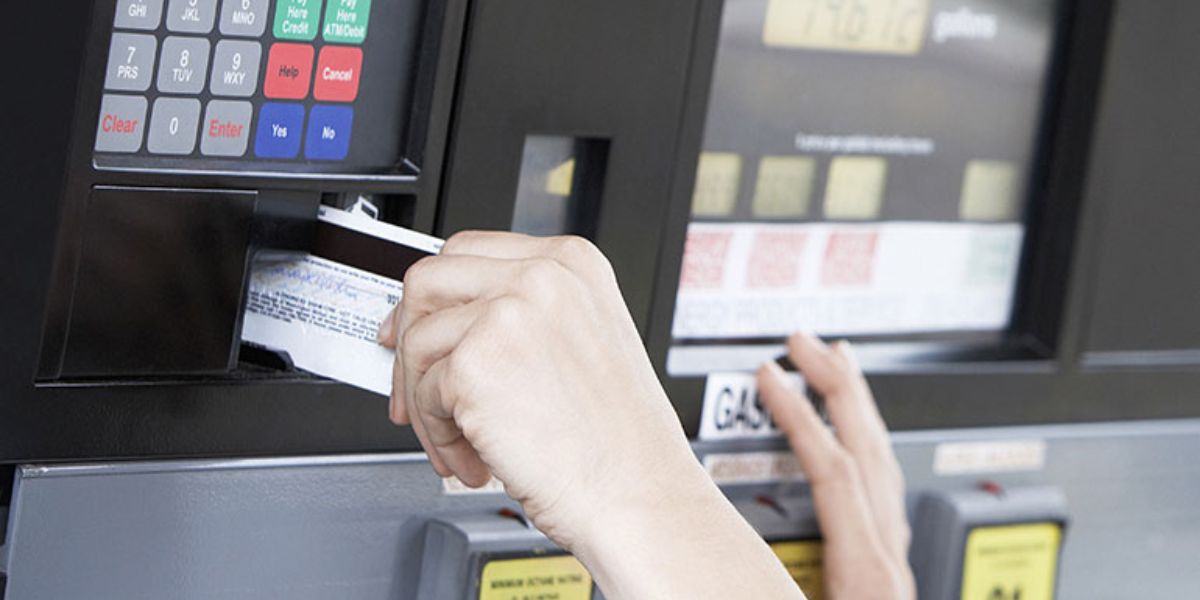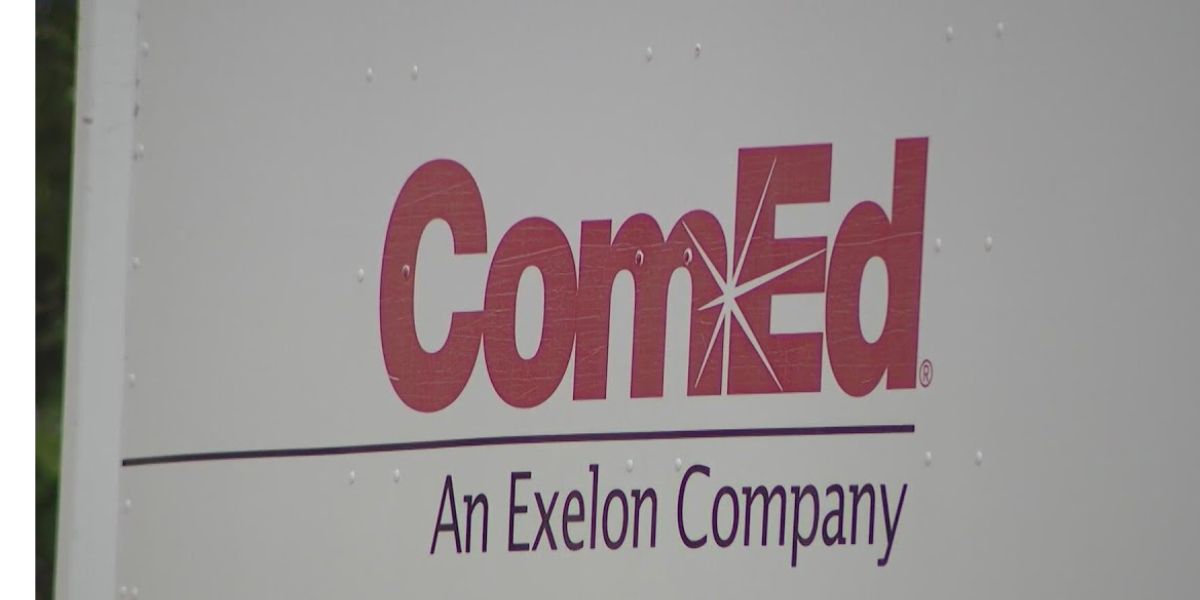Let’s be honest—nothing kills the summer road trip vibe faster than watching the gas pump total soar. You think you’re paying one price, but when the receipt prints?
Surprise—you just got hit with a credit card fee that adds up to $1 more per gallon.
This sneaky tactic is more common than you think. And if you’re not paying attention, you could be throwing away money every time you fill up.
Here’s the truth about gas station surcharges—and a few easy ways to avoid getting ripped off at the pump.
What’s Going On With These Extra Charges?
A growing number of gas stations are charging more per gallon when you pay with a credit card. It’s called a credit card surcharge, and while it’s technically legal in most states, it’s often buried in tiny print or not clearly explained.
Some drivers are paying up to $1 more per gallon just for swiping their card. That means a 20-gallon fill-up could cost you an extra $20—for nothing.
Why Gas Stations Do It?
Credit card companies charge merchants a processing fee—usually between 1.5% and 3.5% per transaction. To offset that, many gas stations pass the cost on to the customer.
But here’s the kicker: some stations don’t just break even. They mark it up. That’s right—what started as a way to cover fees has turned into a money-maker.
Where It’s Legal—and Where It’s Not?
Most states allow surcharges, but rules vary. Here’s a quick snapshot:
- Banned: Connecticut, Maine, Massachusetts
- California: New law bans surcharges starting July 1, 2024 (all-in pricing required)
- Colorado: Allowed, but capped at 2%
- Florida, Texas, New York: Allowed, but only with clear signage
Problem is, a lot of stations post signs so small you’d need a microscope to see them. And that’s where drivers get burned.
Real People, Real Frustration
In Florida, one driver found out the hard way: $1 more per gallon just for using a credit card. It wasn’t posted clearly, and by the time they checked the receipt, it was too late.
Social media is full of similar complaints—drivers feeling duped and warning others to pay attention at the pump.
Read Also: New Proposal Could Raise Tax Deductions for Americans 65 and Older
How to Avoid the Surcharge?
You don’t have to fall for this. Here’s how to dodge those hidden fees:
- Use Cash or Debit: Most stations don’t add surcharges for cash or debit purchases—and some even offer a discount.
- Always Check the Pump: Look for two prices: one for cash, one for credit. If there’s a big difference, think twice before swiping.
- Ask Inside: Not sure about the price? Step inside and ask. Better safe than sorry.
- Use Gas Price Apps: Apps like GasBuddy or Upside show prices in real-time, including whether surcharges apply. Save money before you even pull in.
- Use a Gas Rewards Card: Some credit cards offer cash back on gas purchases, which can help offset surcharges—just be sure the rewards are more than the fees.
Read Also: 8 Financial Planning Myths That Could Be Holding You Back
Bottom Line
Gas station surcharges are sneaky—but now you know what to look for. A little awareness can go a long way toward keeping more of your hard-earned money in your wallet.
Before your next road trip or quick fill-up, check the prices, pay smart, and don’t let hidden fees ruin your drive. After all, road trips are for snacks and songs—not surprise charges.
This article was written by Loretta James. AI tools were used lightly for grammar and formatting, but the ideas, words, and edits are all mine.



